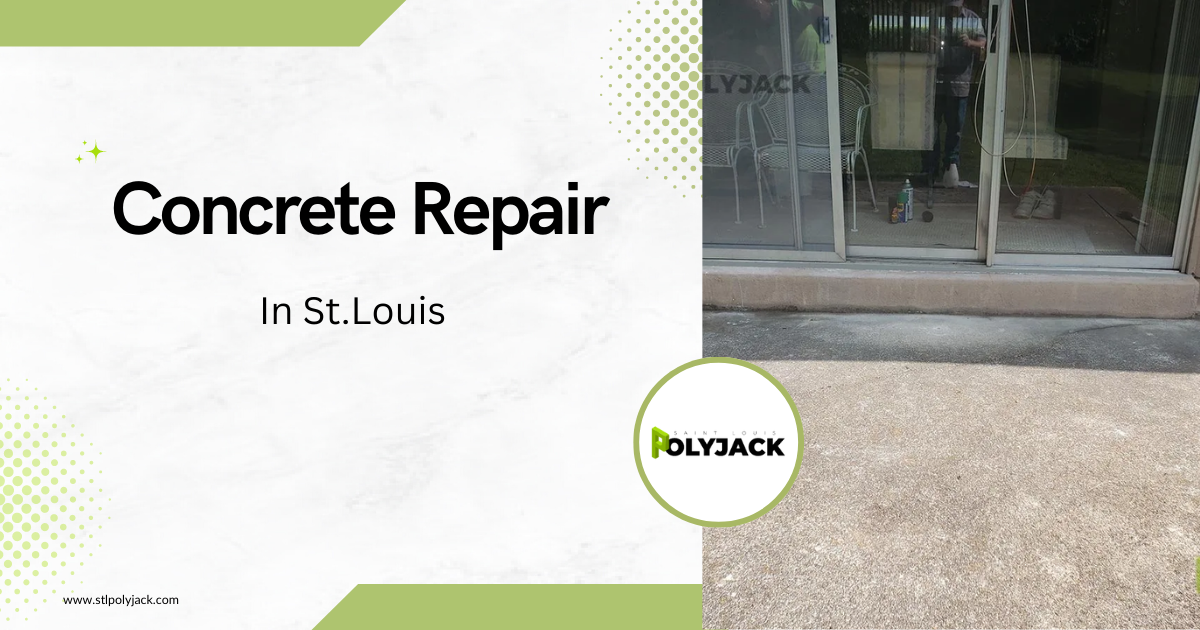How to Prepare Your Concrete Surfaces for Repair and Restoration
Concrete surfaces are a durable and practical choice for many structures, from driveways to patios and even industrial flooring. However, over time, they can become cracked, stained, or otherwise damaged due to weather conditions, wear and tear, or improper installation. Preparing your concrete surfaces for repair and restoration is essential to ensure long-lasting results. This guide will walk you through the necessary steps to get your concrete ready for repair, helping you achieve a professional finish and extend the life of your surfaces.
Step 1: Assess the Damage
Before you begin any repair process, take the time to assess the damage to your concrete surfaces. Look for cracks, holes, spalling (chipping), and discoloration.
- Cracks: Measure the size of the cracks. Hairline cracks (less than 1/8 inch wide) may only require a simple sealant, while larger cracks may need more intensive repair methods.
- Holes and Pitting: Check for holes or pits that may require patching compounds or resurfacing.
- Surface Stains: Identify any stains from oil, grease, or other substances that may need specialized cleaning solutions before repair.
Documenting the extent of the damage will help you decide on the most appropriate repair method and materials.
Step 2: Clean the Surface
Cleaning is a crucial step in preparing your concrete for repair. A clean surface allows the repair materials to adhere properly and ensures a better finish. Here’s how to clean your concrete surface effectively:
- Remove Debris: Start by sweeping away loose dirt, dust, and debris. Use a broom or a leaf blower for larger areas.
- Wash the Surface: Use a pressure washer or a hose with a high-pressure nozzle to wash the concrete thoroughly. For tough stains, consider using a degreaser or a concrete cleaner. Be sure to follow the manufacturer’s instructions and allow the cleaner to sit for the recommended time before rinsing.
- Scrub Stains: For persistent stains, scrub the area with a stiff-bristled brush and an appropriate cleaner. You may need to repeat this step several times for deep stains.
- Allow to Dry: Once cleaned, allow the concrete surface to dry completely. This may take a few hours to a day, depending on the weather conditions.
Step 3: Repair Cracks and Holes
After cleaning, the next step is to repair any cracks or holes you discovered during your assessment.
- Fill Cracks: For small cracks, use a concrete crack filler or sealant. Apply the filler according to the manufacturer’s instructions, ensuring it fills the crack completely. For larger cracks (more than 1/4 inch), consider using a concrete patching compound or a mixture of epoxy and sand.
- Repair Holes: For holes and larger areas of damage, use a concrete patching compound. Mix the compound according to the package instructions and apply it using a trowel. Smooth it out to match the surrounding surface. Allow it to cure as per the instructions.
- Check for Leveling: After patching, check for levelness. If your surface is uneven, you may need to consider resurfacing the area.
Step 4: Resurface the Concrete
If your concrete surface is severely worn or has a lot of damage, resurfacing may be the best option. Resurfacing can provide a fresh, new look while improving the durability of the surface.
- Choose a Resurfacer: There are various resurfacing products available, including self-leveling compounds and overlays. Choose one that is suitable for your specific type of concrete and the condition of the surface.
- Mix the Resurfacer: Follow the manufacturer’s instructions for mixing the resurfacer. It’s essential to achieve the right consistency for the best results.
- Apply the Resurfacer: Using a squeegee or trowel, apply the resurfacer over the entire surface. Work in sections and ensure an even application to prevent unevenness or drying issues.
- Finishing Touches: Use a broom to create a non-slip texture if necessary. Allow the resurfacer to cure fully as directed by the manufacturer.
Step 5: Seal the Concrete
Once your repairs and resurfacing are complete, sealing the concrete is an important final step. Sealing helps protect your concrete from moisture, stains, and the effects of weather.
- Choose a Sealant: Select a sealant suitable for your type of concrete and the intended use of the surface (e.g., decorative vs. functional).
- Apply the Sealant: Use a roller or sprayer to apply the sealant evenly across the surface. Be sure to follow the manufacturer’s application instructions.
- Allow to Cure: Allow the sealant to dry as recommended. This may take several hours or even days, depending on the product.
Step 6: Regular Maintenance
After your concrete surfaces have been repaired and restored, regular maintenance will help keep them in good condition.
- Clean Regularly: Regularly sweep and wash the surface to prevent dirt buildup.
- Inspect for Damage: Periodically inspect your concrete for new cracks or damage, and address issues promptly.
- Reapply Sealant: Depending on your sealant type, reapply every few years to maintain protection.
Conclusion
Preparing your concrete surfaces for repair and restoration is a process that requires careful assessment, cleaning, and application of the right materials. Whether you’re dealing with minor cracks or extensive damage, following these steps will help ensure your repairs are successful and long-lasting. If you’re considering Concrete Repair in St. Louis, don’t hesitate to consult with professionals who can provide expert advice and services tailored to your needs. Taking the time to prepare your concrete properly will not only enhance its appearance but also extend its lifespan, making it a worthwhile investment for any property owner.













Post Comment